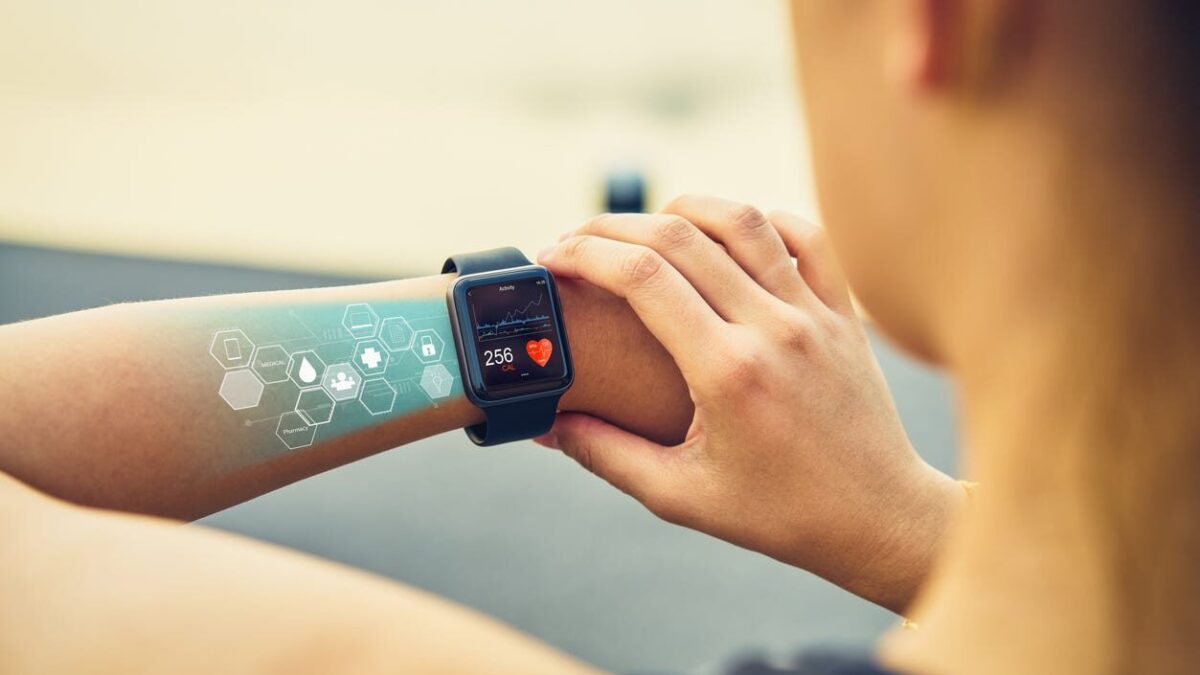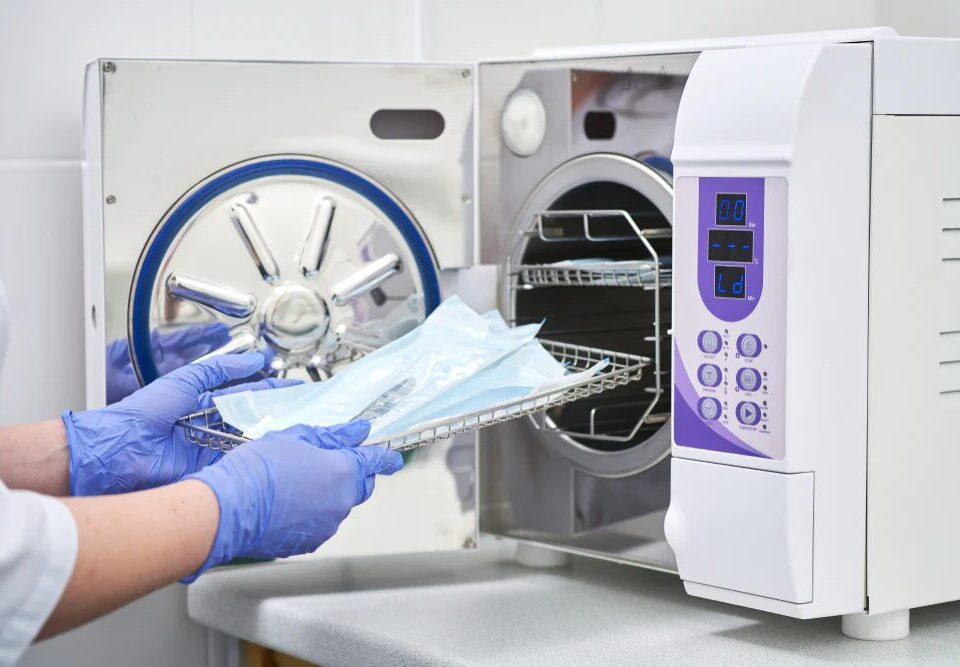Introduction
Technology has become an inseparable part of modern healthcare. From AI diagnostics to telemedicine, innovations are helping doctors and patients stay connected like never before. Among these advancements, wearable medical devices have emerged as a true game-changer. These smart gadgets—like fitness trackers, smartwatches, and medical-grade sensors—are transforming how patients monitor their health and how doctors deliver care.
In this article, we’ll explore how wearable medical devices are revolutionizing patient care, their benefits, challenges, and what the future holds for this life-changing technology.
What Are Wearable Medical Devices?
Wearable medical devices are electronic gadgets worn on the body that can monitor, track, and transmit health-related data in real time. Unlike regular fitness trackers that only count steps, these devices can measure vital signs such as heart rate, oxygen levels, blood pressure, glucose levels, sleep patterns, and even ECG (electrocardiogram) readings.
Some examples include:
- Smartwatches like Apple Watch and Fitbit that detect heart irregularities.
- Continuous glucose monitors (CGMs) for diabetes management.
- Smart patches that deliver medication or measure body temperature.
- Wearable ECG monitors that detect early signs of cardiac arrest.
- Fitness bands that track physical activity and sleep cycles.
How Wearable Devices Are Transforming Patient Care
The biggest shift these devices bring is the move from reactive to proactive healthcare. Traditionally, patients visit doctors when symptoms appear. Now, wearable devices can detect health issues early—sometimes even before the person feels unwell.
Here’s how wearable technology is reshaping healthcare delivery:
1. Real-Time Health Monitoring
Wearable devices allow continuous monitoring of vital signs, which provides both patients and healthcare professionals with real-time data. For instance, a smartwatch can alert someone if their heart rate spikes abnormally or if their oxygen level drops. Doctors can remotely track this data, making it easier to prevent emergencies before they happen.
2. Early Detection and Prevention
By constantly collecting health data, wearable devices can spot irregular patterns over time. For example, an irregular heart rhythm might indicate atrial fibrillation (AFib), a condition that can lead to stroke if left untreated. Early detection means quicker intervention—and better outcomes.
3. Remote Patient Monitoring (RPM)
In the past, patients with chronic diseases had to visit hospitals frequently. Now, wearable devices make remote monitoring possible. This is especially valuable for elderly patients or those with conditions like diabetes, hypertension, or heart disease. Doctors can receive updates directly from the patient’s device, reducing hospital visits and improving convenience.
4. Empowering Patients Through Data
Wearable medical devices encourage people to take ownership of their health. Seeing daily data about heart rate, steps, calories, and sleep motivates individuals to make healthier lifestyle choices. For instance, someone might start walking more, drinking water regularly, or improving sleep habits after seeing the results on their device.
5. Personalized Healthcare
Each person’s health is unique. Wearable devices generate detailed health profiles that help doctors offer personalized treatment plans. For example, by analyzing daily glucose trends from a wearable monitor, a doctor can adjust insulin doses more accurately than with traditional testing methods.
6. Improved Doctor-Patient Communication
Data collected by wearable devices bridges the gap between doctor visits. Healthcare providers can access accurate, time-stamped health records and make more informed medical decisions. This helps in building stronger, data-driven relationships between doctors and patients.
7. Better Management of Chronic Diseases
Chronic illnesses like diabetes, heart disease, and hypertension require constant care. Wearable devices simplify this process. Patients can monitor their blood pressure, heart rate, or glucose levels anytime and anywhere. Doctors can also track patient adherence to treatment plans—resulting in better disease management and improved outcomes.
Examples of Popular Wearable Medical Devices
| Device Type | Function | Examples |
|---|---|---|
| Smartwatches | Track heart rate, activity, sleep, ECG | Apple Watch, Samsung Galaxy Watch |
| Continuous Glucose Monitors (CGMs) | Track blood sugar levels in real time | Dexcom G7, FreeStyle Libre |
| Blood Pressure Monitors | Measure blood pressure continuously | Omron HeartGuide |
| Fitness Trackers | Track steps, calories, sleep | Fitbit Charge, Garmin Vivosmart |
| Smart Patches | Monitor temperature, deliver drugs | VitalConnect, BioSticker |
| ECG Monitors | Detect irregular heartbeats | Withings Move ECG, KardiaMobile |
The Benefits of Wearable Medical Devices
- 24/7 Monitoring: Continuous tracking ensures constant awareness of health conditions.
- Timely Alerts: Immediate notifications for irregularities or potential emergencies.
- Remote Access: Doctors can monitor patients even from different locations.
- Patient Motivation: Data visibility motivates users to maintain healthy habits.
- Cost Efficiency: Reduces unnecessary hospital visits and long-term healthcare costs.
- Improved Data Accuracy: Real-time data reduces human error in self-reporting symptoms.
Challenges and Concerns
Despite the impressive benefits, wearable medical devices also face certain challenges:
- Data Privacy and Security: Continuous data collection raises concerns about who has access to personal health information.
- Device Accuracy: Not all wearables are 100% accurate, especially consumer-grade ones.
- Connectivity Issues: Devices require stable internet or Bluetooth connections to sync data effectively.
- User Compliance: Some users may forget to wear or charge their devices regularly.
- Cost Barriers: High-quality medical wearables can still be expensive for some patients.
The Future of Wearable Medical Devices
The future looks incredibly promising. As technology advances, we can expect smaller, smarter, and more accurate devices. Artificial Intelligence (AI) and Machine Learning (ML) will enhance the predictive power of wearables, helping to forecast diseases before symptoms appear.
We may also see integration with telemedicine platforms, creating a unified health ecosystem. For example, a smartwatch could detect early signs of sleep apnea and automatically schedule a virtual appointment with a specialist.
Additionally, wearable innovations will expand beyond wrist devices—smart clothing, implantable sensors, and biosensing tattoos are already being developed to provide even deeper insights into human health.
Conclusion
Wearable medical devices are no longer just fancy gadgets—they’re powerful tools transforming healthcare delivery and patient lifestyles. By promoting proactive health management, enabling real-time data tracking, and improving communication between doctors and patients, these devices are paving the way toward a healthier, more connected future.
As technology continues to evolve, the line between healthcare and daily life will blur even more, making personalized, preventive, and patient-centered care the new normal.
Frequently Asked Questions (FAQs)
1. What is the main purpose of wearable medical devices?
The primary goal is to monitor and record vital health data in real time, helping detect potential health issues early and improving disease management.
2. Are wearable medical devices accurate?
Most FDA-approved medical wearables are highly accurate, though consumer-level devices may have slight variations. Always consult your doctor before making medical decisions based solely on wearable data.
3. Can wearable devices replace doctors?
No. These devices support medical professionals by providing data but cannot replace professional diagnosis or treatment.
4. Are wearable medical devices covered by insurance?
In some cases, yes—especially if prescribed by a doctor for chronic conditions. Coverage depends on your healthcare plan and location.
5. What’s the future of wearable healthcare technology?
The future includes smarter, AI-powered wearables that can predict diseases, integrate with telehealth systems, and offer even more personalized care insights.


